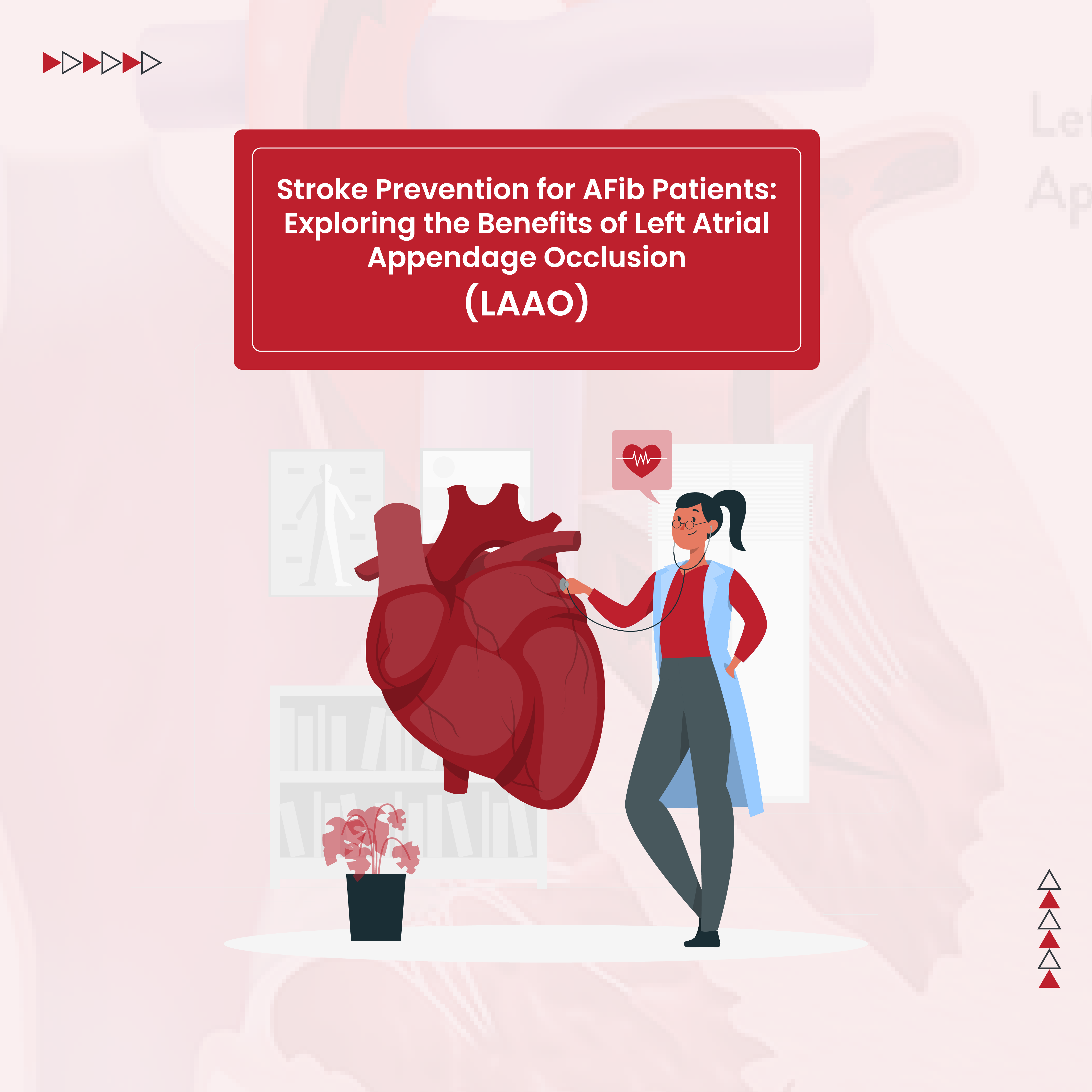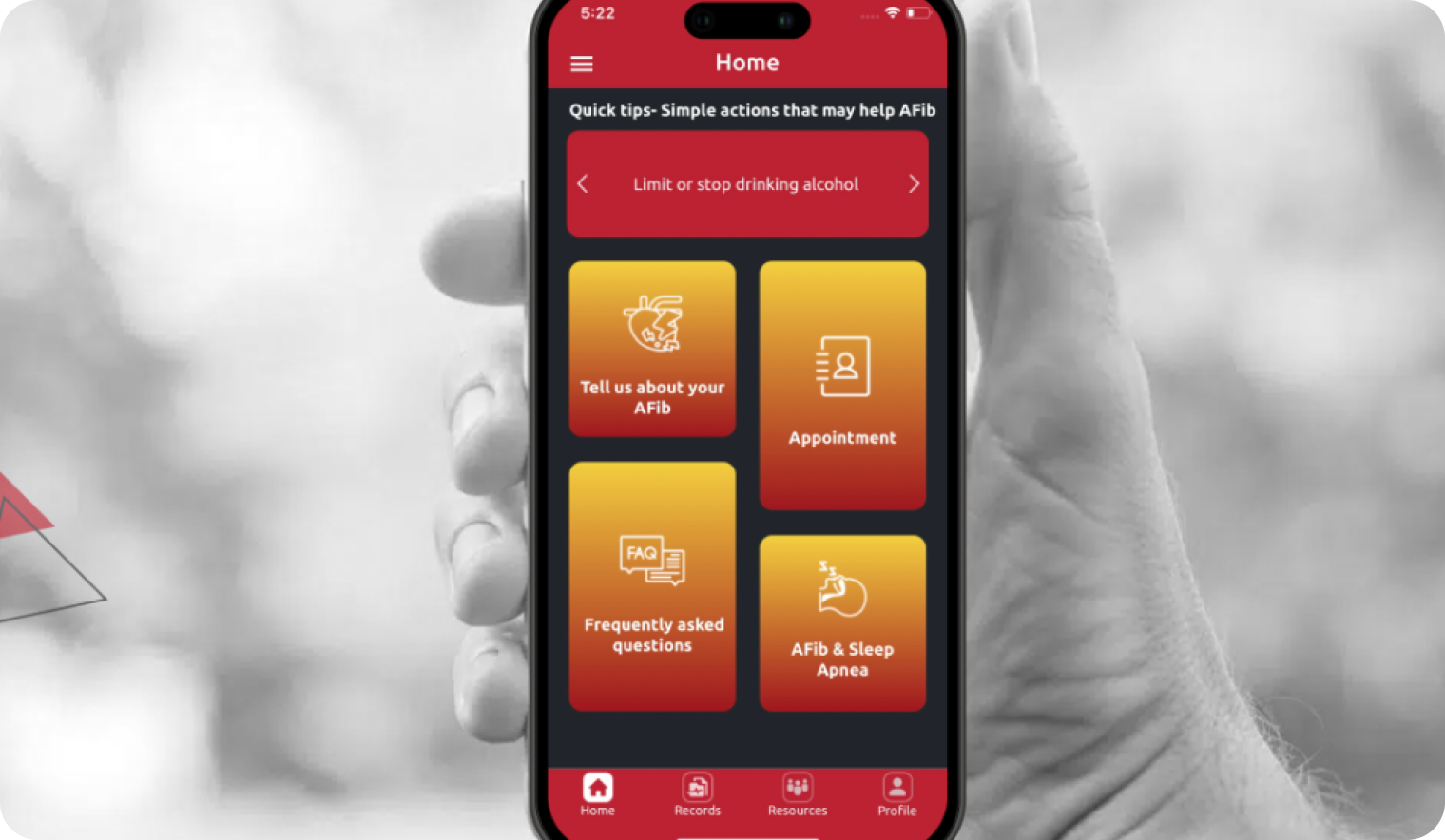People with atrial fibrillation (AFib) have a 5x increased risk of stroke and reducing stroke risk is recommended for most people with AFib. This is most commonly achieved using anticoagulants, also known as blood thinners, which are medications used to prevent blood clots from forming in the heart and migrating to the brain to cause a stroke. However, some people CANNOT or DO NOT want to take anticoagulants. A procedure called left atrial appendage occlusion (LAAO) is an option for these patients.
Understanding Left Atrial Appendage Occlusion
What is the Left Atrial Appendage?
The left atrial appendage (LAA) is a small pouch located in the upper left chamber of the heart. In conditions like atrial fibrillation, irregular heartbeats can cause blood to pool in this area, forming clots that may travel to the brain and cause a stroke. By closing off the LAA, the risk of stroke is significantly reduced.
The LAAO Procedure
The LAAO procedure is a minimally invasive technique designed to seal off the left atrial appendage. During the procedure, a catheter is used to deploy a device that effectively closes the LAA, preventing blood clots from forming and reducing the risk of stroke. This procedure offers an alternative to the long-term use of blood thinners, allowing patients to safely discontinue these medications.
Benefits of LAAO
- Reduced Stroke Risk: Studies show that left atrial appendage occlusion devices are as effective at decreasing stroke risk in people with AFib as blood thinners but without the risk of bleeding and the cost associated with taking long term anticoagulants.
- Minimally Invasive: LAAO is performed using a small catheter that is inserted into a vein in the groin and guided up to the heart. Once in the heart, the catheter is used to deploy the left atrial appendage occlusion device. There are no incisions making it less invasive compared to traditional surgical methods.
- Freedom from Blood Thinners: Patients can avoid the complications and lifestyle restrictions associated with long-term blood thinner use.
- Quick Recovery: The procedure usually takes about 30 minutes. Most people stay overnight in the hospital for observation and go home the following day. After discharge, patients usually experience a swift recovery and are able to return to their normal activities within a week.
Personalized Care at FixAFib
Dr. Frank Laws, a renowned cardiologist and LAAO specialist in Colorado, leads the team at FixAFib that offers a highly personalized approach to this procedure. At FixAFib, our patient-centered approach ensures each person is individually and thoughtfully assessed to determine the best treatment plan. The FixAFib app enhances the patient experience by providing easy access to information and facilitating swift consultations with an AFib specialist.
Take the Next Step
Learn more about atrial fibrillation, its risks, and how treatments like LAAO can save lives on fixafib.com. Download the FixAFib app today to access comprehensive resources and connect with top AFib specialists. By understanding and considering all available treatment options, people with AFib can take proactive steps toward reducing their stroke risk, decreasing their reliance on long term medications, and improving their quality of life with left atrial appendage occlusion.








